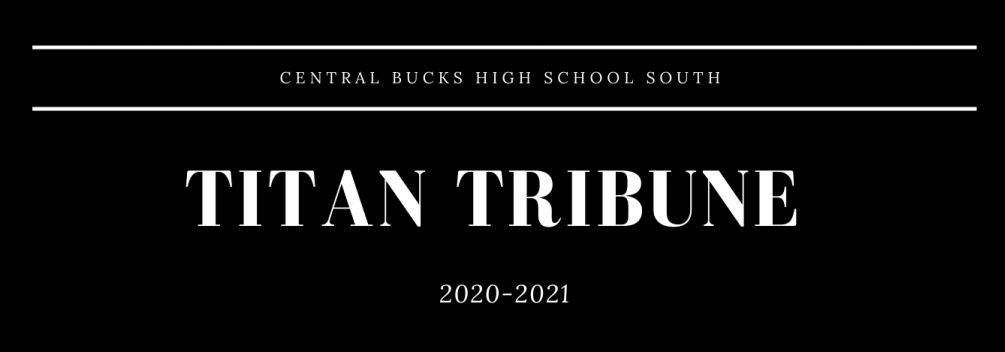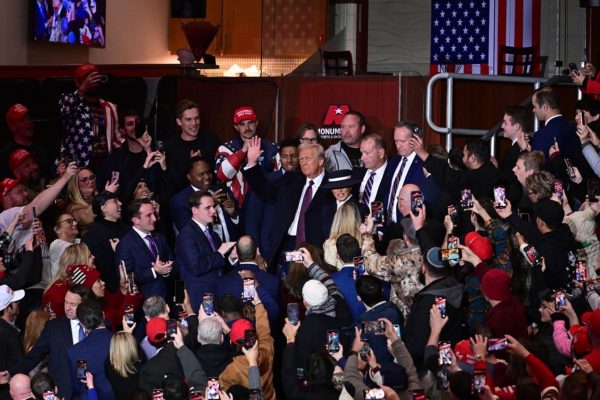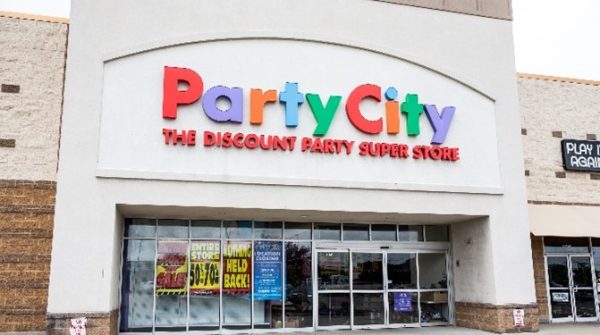The Risk Not Taken
We all know it, and we all love it. No, I’m not talking about free samples, but rather the online media behemoth known as YouTube.
Whether you visit the site to catch up with recent news or to watch random people embarrass themselves for fame, one feature that no one goes for are those pesky ads you’re forced to watch before you can enjoy a video. But, believe it or not, having to watch Arnold Schwarzenegger explode some stuff and tell you to “go to the App Store” is the way that those YouTubers make money from their content.
By letting advertisers market themselves before or during their videos, YouTubers are given what is called “ad revenue,” essentially money they receive from YouTube for allowing advertisements to be played on their videos.
The way this works is that Google, the parent company of YouTube, and an advertiser sign a contract that if YouTube plays the company’s ads for them, they will receive payment in return. This money is then given to the YouTuber, and is handed over in accordance to how many views the ad gets.
Advertisers generally attempt to have their ads shown on popular channels or trendy videos, so their product will be shown to more people. Many popular channels make most of their income from ad revenue due to this fact.
So, how is any of this boring information relevant to us? Here’s how…
Recently, a surge of advertisers (most notably Johnson & Johnson, Pepsi, and Verizon) pulled out of their deals with YouTube over fears of their product being associated with controversial issues and topics. In recent years, YouTube has shifted from a funny video-sharing site to an online entertainment powerhouse. This means that things like political issues and current events are becoming more and more commonplace on the website, and with that comes debate and opinion-sharing about uncomfortable or highly contested topics.
Seeing that these things are gaining traction on the site, creators who used to benefit from the riches of ad revenue started dabbling in these areas and voicing their views. Companies, seeing their advertisements being played before videos about these subjects, fear for the reputation of their brand if viewers correlate it with the subject matter of the video.
In turn, advertisement deals are being cut and we all know what that means; less money to go around. With fewer ads being played on their videos, creators are noticing their wallets getting thinner and their pockets getting shallower.
All of this has created a wave of censorship on the site, with some people making more “viewer-friendly” videos as to not scare away advertisers.
For people whose videos thrive on controversy and news, their channels are being hit hardest by this crisis. The whole topic has become taboo for some YouTubers as well, fearing for their livelihood and worried about a possible job search confronting them in the future.
Numerous creators have come out and pleaded with Google to sort out this problem and fix the current scenario, but thus far to no avail.
No matter the outcome of this dilemma, one thing is certain: YouTube and its former advertisers need to come to an agreement on the behalf of both parties’ prosperity.



